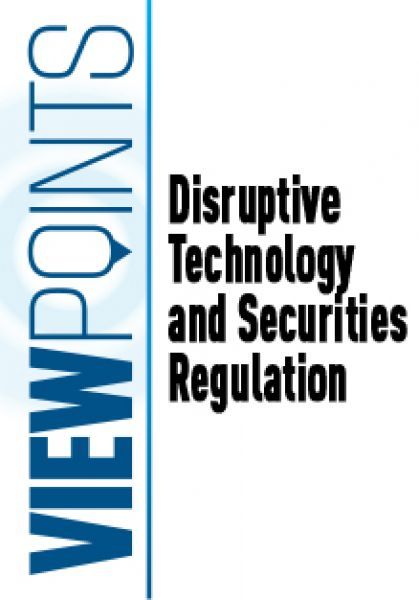
Disruptive Technology and Securities Regulation
Abstract
Nowhere has disruptive technology had a more profound impact than in financial services—and yet nowhere more do academics and policymakers lack a coherent theory of the phenomenon, much less a coherent set of regulatory prescriptions. Part of the challenge lies in the varied channels through which innovation upends market practices. Problems also lurk in the popular assumption that securities regulation operates against the backdrop of stable market gatekeepers like exchanges, broker-dealers and clearing systems—a fact scenario increasingly out of sync in 21st century capital markets.
This article explains how technological innovation not only “disrupts” capital markets—but also the exercise of regulatory supervision and oversight. It provides the first theoretical account tracking the migration of technology across multiple domains of today’s securities infrastructure and argues that an array of technological innovations are facilitating what can be understood as the disintermediation of the traditional gatekeepers that regulatory authorities have relied on (and regulated) since the 1930s for investor protection and market integrity. Effective securities regulation will thus have to be upgraded to account for a computerized (and often virtual) market microstructure that is subject to accelerating change. To provide context, the paper examines two key sources of disruptive innovation: 1) the automated financial services that are transforming the meaning and operation of market liquidity and 2)the private markets—specifically, the dark pools, ECNs, 144A trading platforms, and crowdfunding websites—that are creating an ever- expanding array of alternatives for both securities issuances and trading.
This article will appear in the Fordham Law Review, Winter 2015.
